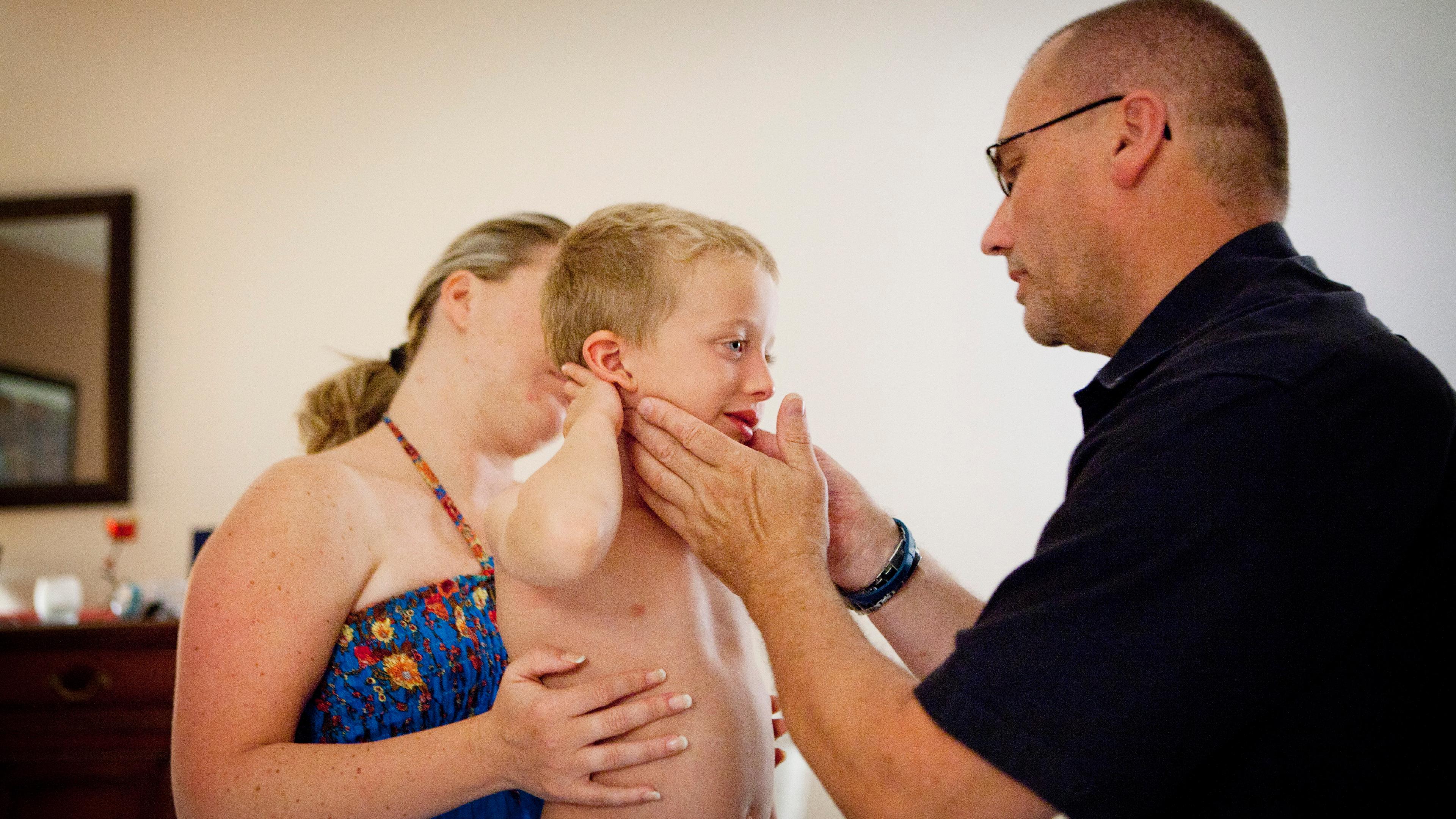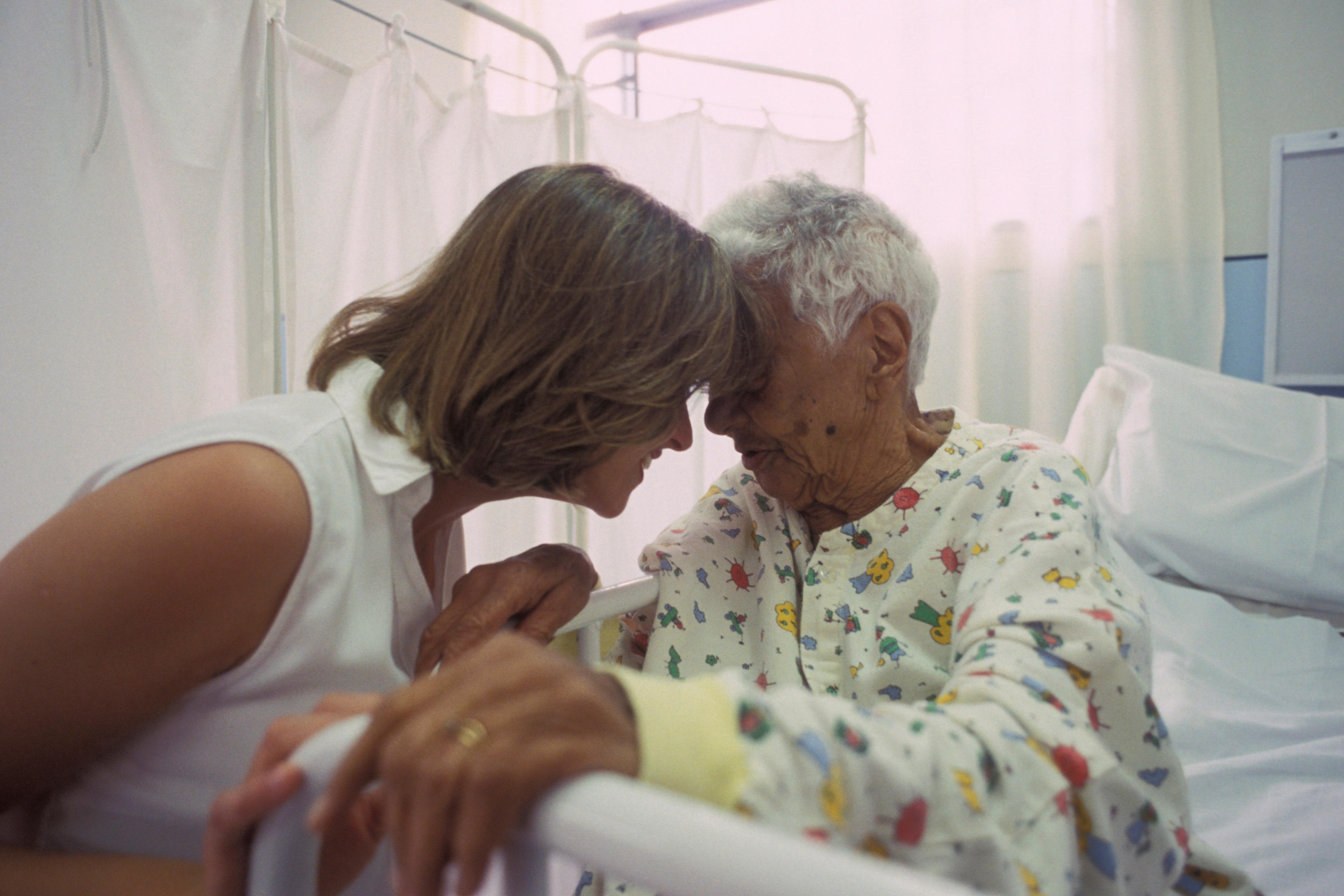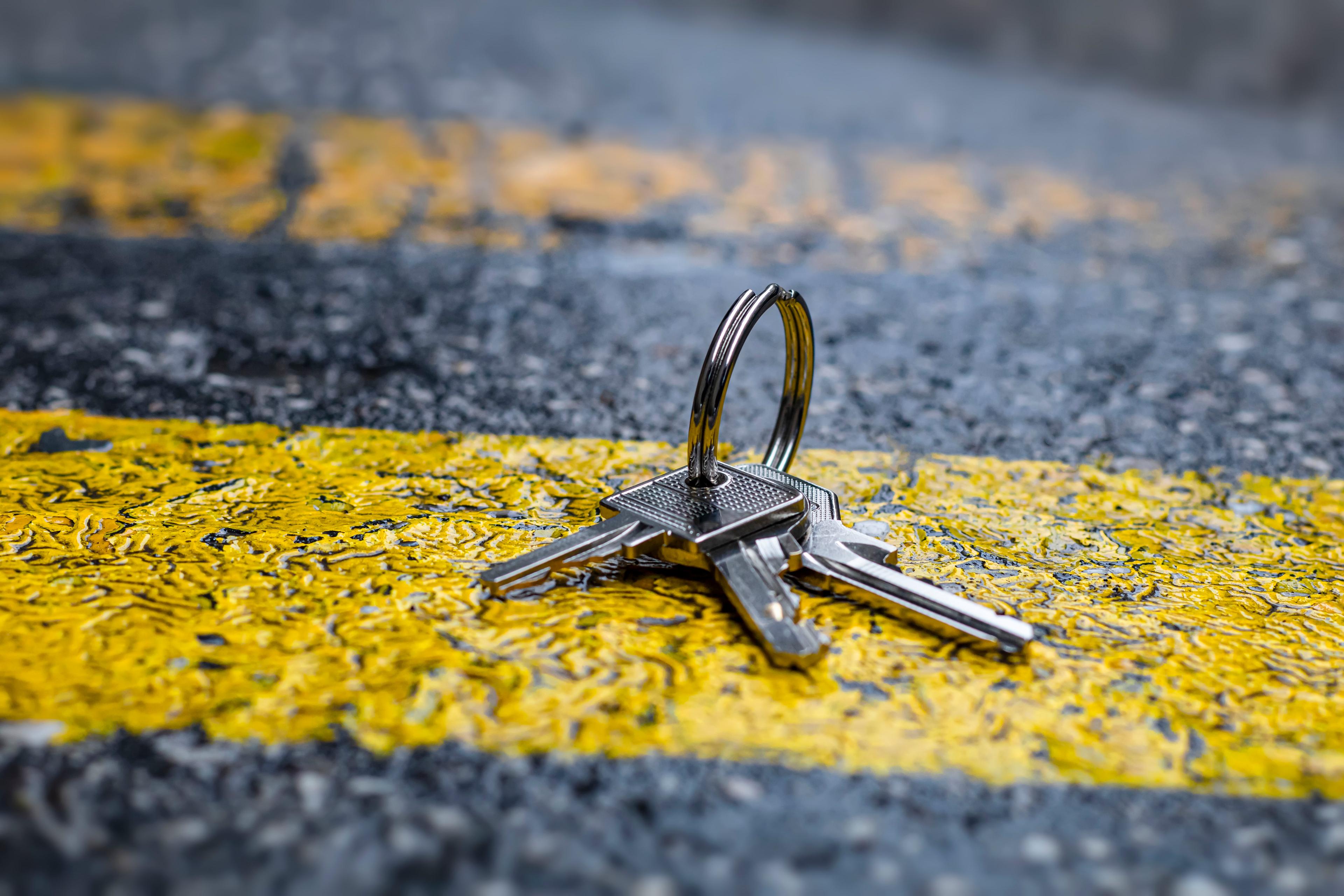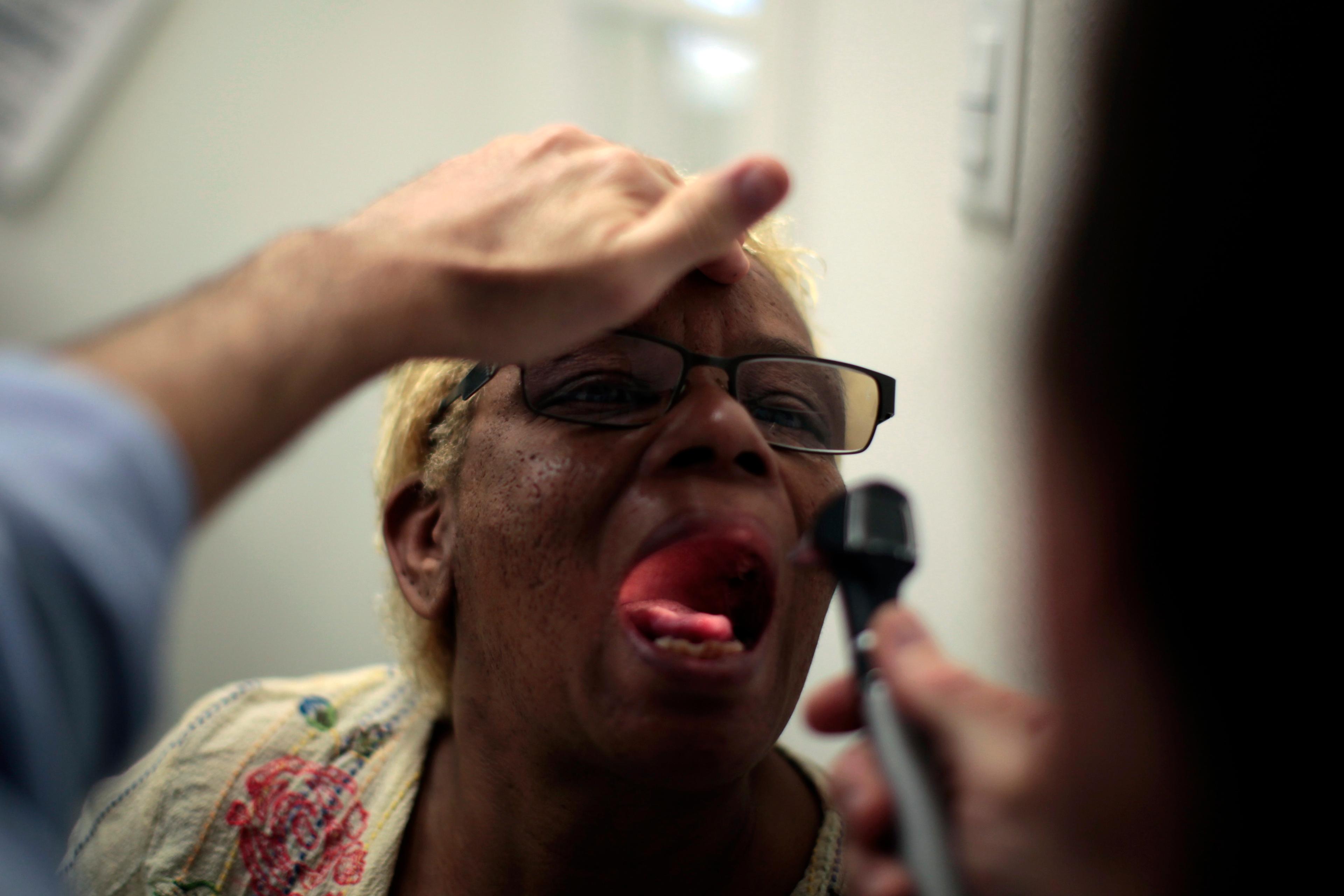Every year, the Royal Australian College of General Practitioners provides a glimpse into the frontline of healthcare in its ‘General Practice: Health of the Nation’ report. In 2019, the college reported that psychological issues – including mood disorders, depression and anxiety – are the most common reason that patients see their general practitioner.
This shouldn’t come as a surprise. There is a growing understanding of the deep connection between physical and psychological health. Around the world, general practitioners (GPs or ‘primary care physicians’) are being asked to respond by providing ‘whole-person’ care. This takes time, tact and the ability to work without distraction. Patients know this, and so do doctors. In a UK survey in 2016 asking GPs and patients what matters most to them, two things rated particularly highly: clinical expertise and ‘having enough time to discuss the patient’s care in detail’.
Competence and time. These deceptively simple elements are foundational to the concept of ‘whole-person care’ and especially mental healthcare. As the Australian GP Tim Senior wrote in the British Journal of General Practice recently:
These consultations are long and draining but they are the crucial, life-saving ones. They only come about because people can see us about anything, including ‘trivial’ things, and because we have the opportunity to develop trust over time.
When I ventured into community general practice six years ago, after my residency in hospital medicine, I was able to adapt my skills to deal with the mix of acute and chronic disease that awaits at the frontline of GP medicine: blood pressure, diabetes, bowel cancer, hepatitis, pain, mental illness. But I felt hopelessly under-equipped to deal with the messy life challenges that patients also brought me. Relationship troubles. Bullying. Trauma. Financial distress. Self-destructive habits.
I feel like they need a life coach, not a doctor, I whined to a supervisor in my first General Practice training term. She looked at me over her glasses: That’s you, my dear. They are asking you for help. Get the skills.
It was exhausting, but I knew I wasn’t alone. Many of my colleagues – especially the women – also felt pummelled by the relentless demand and the feeling of being unable to respond satisfactorily. I had a choice. I could avoid the mess – carve out a niche dealing with the neater parts of medicine. Or I could wade in, and work out how to meet patients where they were. I knew what my patients wanted.
This work demanded patience and skill. And then came the realisation that it was slow and unprofitable. Because here’s the thing: our administrative systems incentivise ‘productivity’ and ‘efficiency’. In the current Australian model of general practice, doctors earn more if we see more patients, quickly. Clinicians who work more slowly are penalised financially. Many patients can’t afford a ‘gap’ fee. This deters clinicians from working with already marginalised patients: those who speak English as a second language, those facing social chaos, the poor, and those with a history of trauma or mental illness. These folks need earlier care and support to maintain their health and wellbeing, or they end up in costly crisis situations. But for GPs, this work just doesn’t pay.
As a result, we are seeing extraordinary rates of ‘burnout’ – among patients and doctors. In a US survey in 2017, doctors attributed this burnout to an excess of bureaucratic tasks, overwork and feeling like ‘just a cog in a wheel’. Doctors, too, yearn for slower, meaningful work.
It dawned on me that she might not have been asking just about her bleeding nose
I had a consultation with a 30-year-old woman recently that shows the serious risks of working under pressure, when GPs and their patients have too little time. I’d met this woman once before at the clinic, an early pregnancy visit. She’d called on this particular day to discuss her bleeding nose. Our pandemic procedures meant that her initial consultation was over the phone, but it soon became clear that I needed to examine her in person. Her nose had been bleeding on and off for weeks and needed a proper look. Something wasn’t quite right. My day was already full, I hoped the consultation would be quick. Later, in the treatment room, her head tilted back, I looked into her nostrils. I could see where the bleeding was coming from, and that we should be able to stop it with some pressure, without cauterisation.
I reached for some gauze and started to explain, but when I turned back towards her, she sighed and closed her eyes. I asked what she was thinking. I know why it’s happening, she whispered, embarrassed. He punched me on Christmas Day.
For a second I was blank, and then she waved the blood-stained tissue in her fist, forced a sad smile and asked: So, what do we need to do about this, then?
We slipped back into discussing her nosebleed. It’s only later that evening, when unlocking my own front door – later than expected – that it dawned on me that she might not have been asking just about her bleeding nose. I was aghast at myself: what was she asking for? Someone hit her? Who? What had I sent her home to?
The reality is that, despite my lofty ideals of slow, responsive care, I too was overwhelmed. By the unexpectedness of that disclosure, by the chaos of the treatment room, by the nasal haemorrhage, by the pandemic, by the busyness of my day, by my trained focus on the physical manifestations of health.
Pandemic aside, most nations are now seeing chronic disease and mental health issues – both heavily intertwined – rise to the forefront of our health concerns. But for clinicians to respond to these needs – to save lives, improve their quality, and keep health systems sustainable – we have to slow down.
Thankfully, like the increasingly popular slow food movement, a slow medicine movement is afoot. ‘Slow food’ counters conveyer-belt fast food, encouraging wholesome, locally sourced foods and celebrating traditional food cultures. Slow medicine gives patients the chance to share what is actually going on, and empowers doctors to notice those subtle but important leads. Slow medicine requires doctors and patients to explore the underlying causes of their current struggles.
Most chronic disease, mental illness included, is a complex interaction between genetics, physical activity, psychological stress and other environmental factors. Patients who don’t tackle these issues often develop a multitude of other health problems down the track. It is easier to gloss over the whys and hows: to order tests, to print handouts, or to handball these conversations. Exploring this complexity is both science and art. GPs are the ideal health worker to do this.
Slow medicine has real potential to achieve better health for those who are suffering
In Australia and many other healthcare systems, general practitioners are the first port-of-call – more accessible than psychologists and psychiatrists – so we need medical educators to teach trainee GPs and other primary care clinicians these listening skills. Embedding a greater understanding of psychological care into medical practice would pay dividends in the long run: fewer ‘unnecessary’ visits, improved patient engagement and empowerment, and ultimately fewer health crises and hospital admissions. Links with more specialist mental health services could be established when necessary.
Like many other young GPs, I find myself on a journey of discovery – finding the beautiful simplicity of close, undistracted listening to the stories being revealed by patients. Primed for the quiet clues among the noise of the consultation, I am discovering that allowing these stories to unfold, with undivided attention, is a skill that can be nurtured. The UK-based medical educator John Launer calls these ‘conversations inviting change’. These conversations should be the bread and butter of contemporary medicine but, for this to happen, our complex systems also need to transform.
Ultimately, it’s likely to be useful to ask general practitioners to do more for fewer patients. Changing the focus from ‘productivity’ and ‘efficiency’, and empowering clinicians to provide responsive, slower care could cost less than what we are already paying for; improving patient engagement, building therapeutic relationships, reducing redundancy and repetition, and allowing patients to start meaningful conversations earlier in a disease process. Slow medicine has real potential to achieve better health for those who are suffering.
My patient with the nosebleed, pregnant with her fourth child, returned to see me the following week. I was relieved she’d chosen to come back, that she was safe, well, alive. There were a few small changes on her blood tests, which we needed to investigate. Her nose was healing. Her baby was growing. I asked her what was happening at home, and this time I listened.
He hits me, sometimes. The older boy does, too, now, she said, wincing. I’m sick of it all. So tired, but I can’t sleep. What can I do? I’m exhausted, stuck. I’d like to leave, but where?
As she talks, I listen. She’s depressed, stressed, traumatised. Then we talk understandings, options, supports, resources, child protection. It takes time, trust and patience. It takes a long, slow appointment. It will take more still. It was very almost missed. But this time, we are both grateful that a conversation of change has begun.








